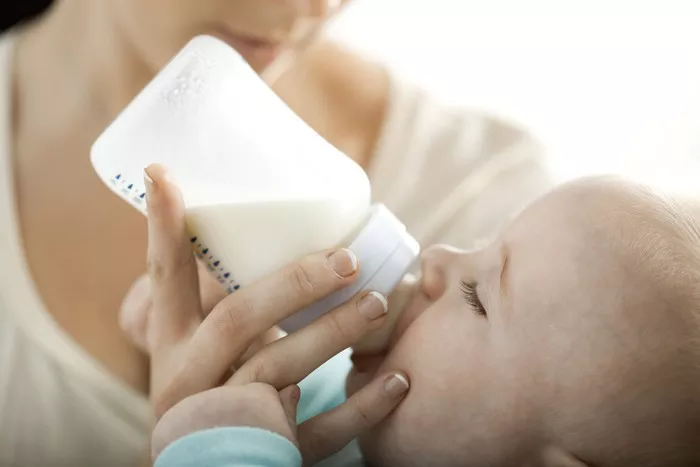Burping is a vital part of caring for a newborn. It helps release air trapped in the stomach during feeding. This article will explore when and how often to burp a newborn, the techniques for effective burping, and tips for parents.
Why Burping Is Important
Newborns tend to swallow air while feeding. This can happen whether they are breastfeeding or bottle-feeding. If the air is not released, it can cause discomfort. Babies may become fussy, cry, or spit up. Burping helps alleviate this discomfort and promotes a more peaceful feeding experience.
When to Burp Your Newborn
The timing of burping depends on the feeding method. For breastfeeding mothers, burping is often done when switching breasts. For bottle-feeding, it can be done at intervals during the feeding.
Breastfeeding
When breastfeeding, you can burp your baby after they switch sides. This is usually between 10 to 20 minutes into the feeding. You should gently pat or rub their back after they have finished one breast and are ready for the next.
If your baby shows signs of fussiness or appears uncomfortable while feeding, try burping them immediately.
Bottle-Feeding
For bottle-fed babies, burping is often done more frequently. You should burp your baby about every 2 to 3 ounces of formula or breast milk. This usually occurs every 5 to 10 minutes during the feeding.
If your baby shows signs of discomfort or fussiness, burp them even if they haven’t reached the next feeding interval.
How Long After Feeding to Burp
After feeding, it is generally advisable to continue burping your baby for about 15 to 20 minutes. However, this can vary based on the baby. Some infants may need to be burped longer, while others might be fine without a lengthy burping session.
Signs Your Baby Needs to Be Burped
Every baby is different. Learning your baby’s signals is essential. Signs that your baby needs to be burped include:
- Fussiness or crying during or after feeding
- Arching their back or pulling away from the breast or bottle
- Spitting up or showing discomfort
If you notice these signs, try to burp your baby. If they do not respond, it may not be necessary to burp them again.
Techniques for Burping Your Newborn
There are several techniques you can use to burp your newborn. Each technique can be effective, so choose the one that works best for you and your baby.
Over-the-Shoulder Technique
- Hold your baby against your shoulder.
- Support their bottom with one hand while patting or rubbing their back with the other.
- Make sure to keep their head higher than their stomach.
- Pat gently until they burp.
Sitting Up Technique
- Sit your baby upright on your lap.
- Use one hand to support their chin and chest.
- Lean them slightly forward.
- Use the other hand to gently pat or rub their back.
Face-Down Technique
- Lay your baby face-down on your lap.
- Support their chin with one hand.
- Use your other hand to pat or rub their back gently.
Holding Your Baby Across Your Lap
- Lay your baby across your lap with their belly down.
- Support their head, making sure it is higher than their belly.
- Pat or rub their back until they burp.
Tips for Successful Burping
Burping can sometimes be a challenge, especially with fussy babies. Here are some tips to make the process smoother:
Be Patient
It may take time for your baby to burp. If they do not burp after a few minutes, try another position or technique.
Use Gentle Pressure
Apply gentle pressure while patting or rubbing your baby’s back. Too much pressure can cause discomfort.
Try Different Positions
If one technique doesn’t work, try another position. Some babies respond better to certain techniques.
Maintain a Calm Environment
Create a calm atmosphere during feeding and burping times. Soft music or quiet surroundings can help soothe your baby.
Be Mindful of Feeding Time
Feeding time can be overwhelming for some babies. If your baby is fussy, they may need to burp more frequently.
When to Seek Help
If your baby frequently seems uncomfortable or cries excessively after feeding, it may be time to consult a pediatrician. They can help rule out any underlying issues, such as reflux or allergies.
Conclusion
Burping a newborn is an essential part of feeding. It helps release trapped air and reduces discomfort. Generally, you should burp your baby after every feeding or every few ounces. The best approach is to be attentive to your baby’s cues.
Use various techniques and be patient during the burping process. Creating a calm environment can also make feeding and burping easier for both you and your baby.
Related topics:


